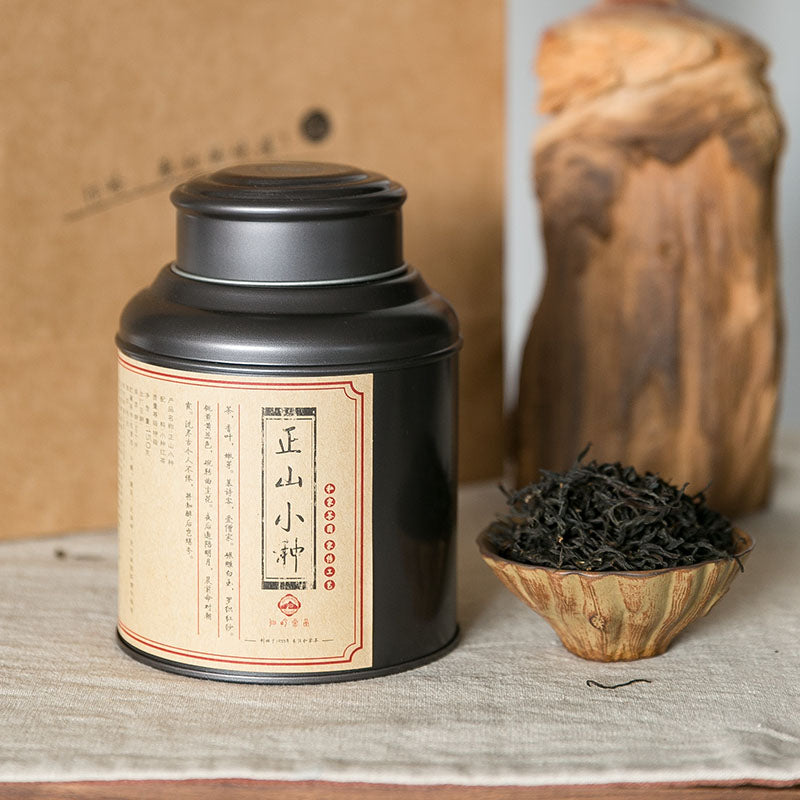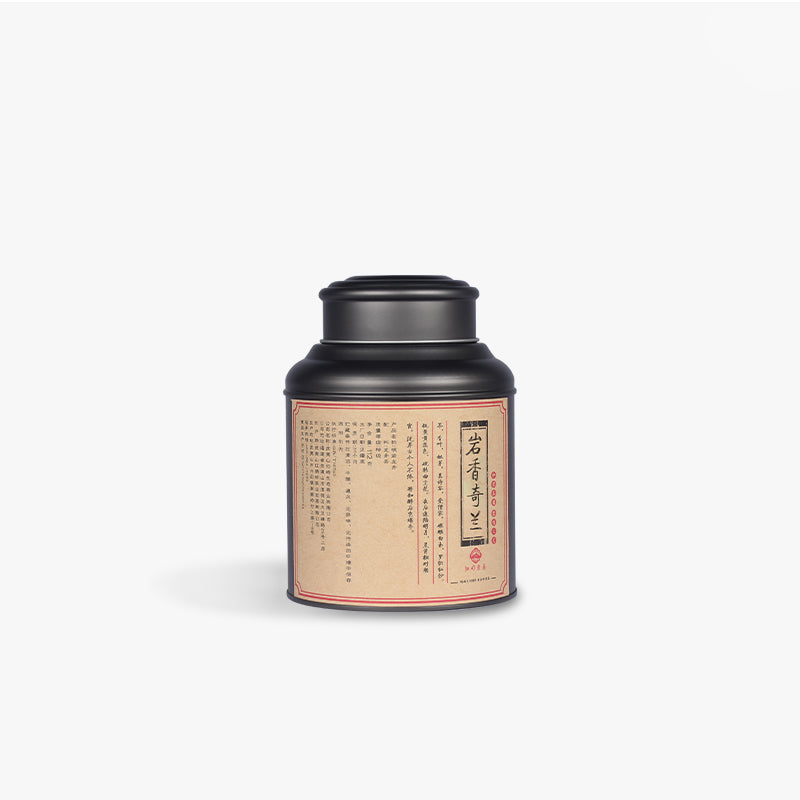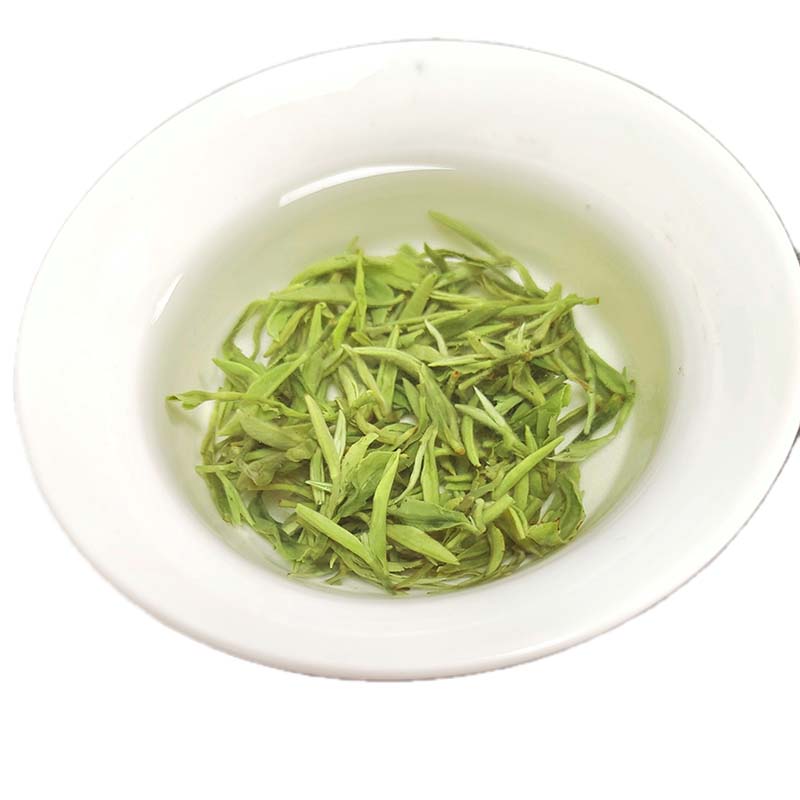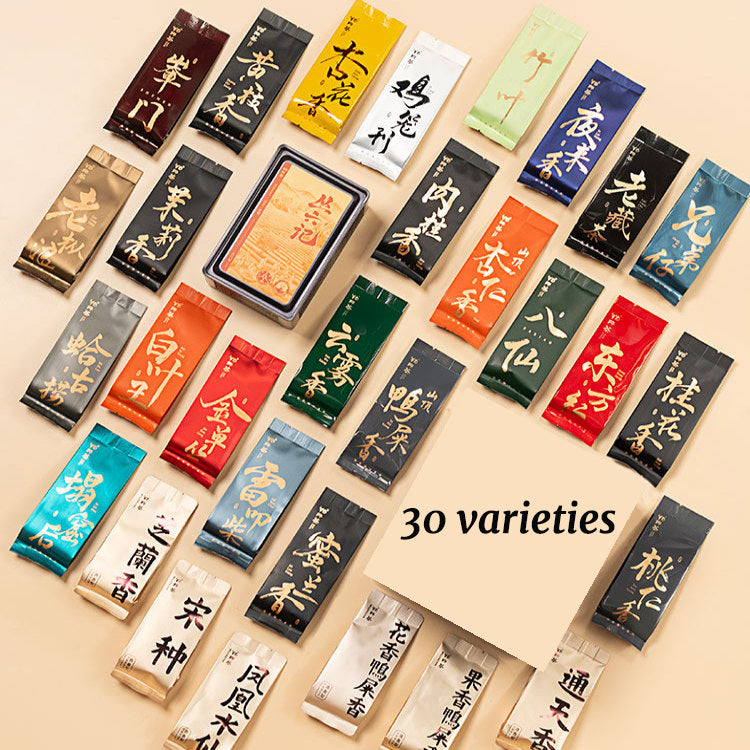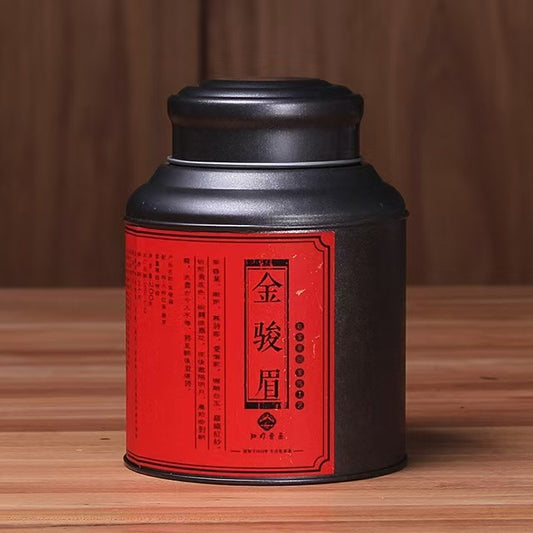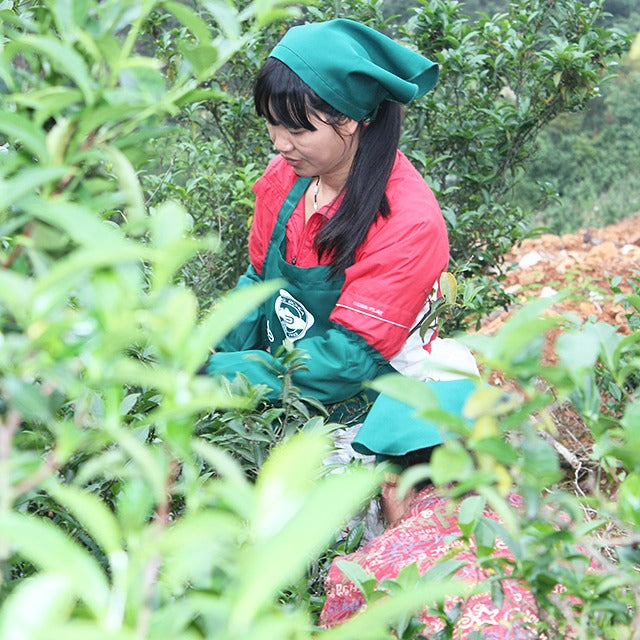Japanese Sencha The Vibrant World of Green Tea Caffeine
Japanese Sencha The Vibrant World of Green Tea Caffeine
When you first encounter a cup of Japanese sencha, you are met with a vibrant green color and a fresh, grassy aroma that is hard to resist. For those newer to the world of tea, one might wonder how this tea, with its gentle appearance, stacks up in terms of caffeine content. What exactly do we mean when we talk about sencha and its caffeine profile? Let's unravel this question by delving into the world of Japanese green tea.
Sencha is the quintessential green tea of Japan, making up over 80% of the country's tea production. It occupies a revered spot in Japanese culture, where its preparation and consumption are often seen as daily acts of nourishment and mindfulness. Unlike matcha, which is made from powdered tea leaves, sencha is brewed from whole leaves that have been steamed to maintain their vivid color and distinctive flavor. This steaming process not only preserves the tea's freshness but also has a subtle effect on its caffeine content.
Caffeine in sencha can range from 20 to 30 milligrams per cup—an amount that is noticeably less than what you'd find in a typical cup of coffee but slightly more than a standard serving of some oolong or white teas. The balance of caffeine, combined with L-theanine, a calming amino acid also present in green tea, results in a gentle lift without the jitters often associated with coffee. This makes sencha an appealing choice for those seeking a smooth, calming energy boost to start the day or to refocus during an afternoon lull.
One interesting aspect to consider is how the method of brewing can influence the caffeine level of your sencha. A shorter steep time typically results in a lower caffeine concentration, while a longer steep can intensify the effect. Moreover, the water temperature plays a crucial role; brewing with cooler water for a longer time can extract fewer tannins and caffeine, leading to a softer taste and gentler stimulation. It's a delicate balance, not unlike the craft of sencha itself, where the precision of temperature and time can lead to vastly different experiences in the cup.
Sencha's caffeine profile sits comfortably between Chinese teas like the delicate white Bai Mudan and more robust options like Keemun black tea. While each of these teas offers something unique, sencha manages to maintain a harmonious presence that pairs well with both solitude and social gatherings. The experience of sipping sencha is just as much about its soothing qualities as it is about its energizing potential.
As we navigate the nuanced world of tea, it's worth asking ourselves what kind of experience we seek. Are we looking for a moment of tranquility, or a gentle push forward? In the world of green teas, sencha offers an invitation—an opportunity to embrace the present, energized yet grounded. Whether enjoyed alone or shared with friends, there's something undeniably human about a cup of sencha, reminding us, in its quiet way, to savor each sip.

